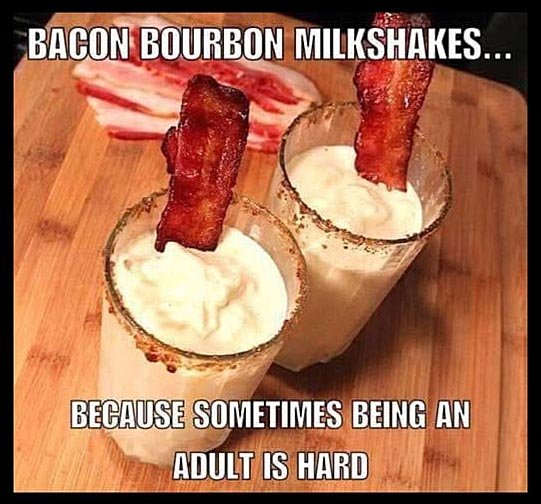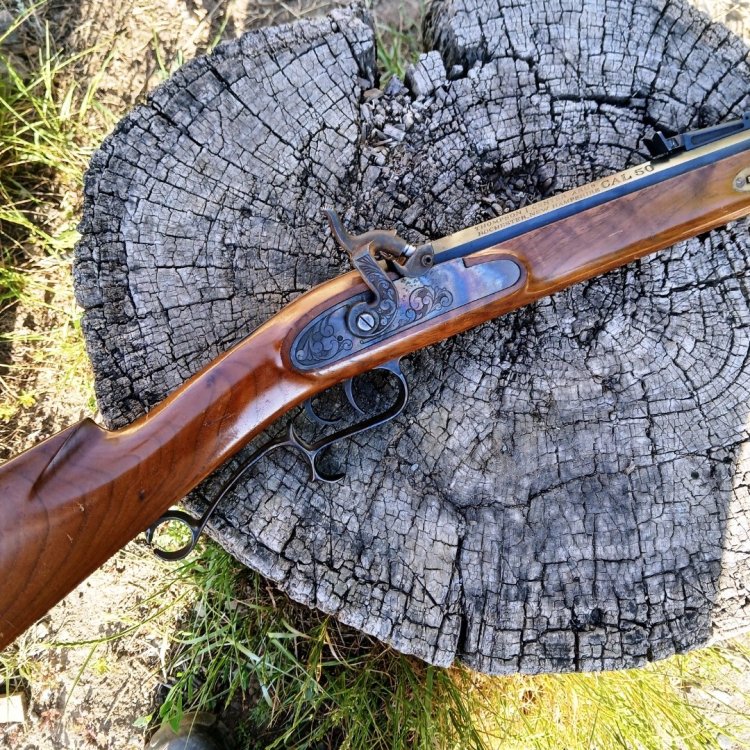-
Posts
17,126 -
Joined
-
Last visited
-
Days Won
5
Content Type
Profiles
Forums
Events
Posts posted by Hardpan Curmudgeon SASS #8967
-
-
Nicely done, Sir!
So... have you introduced the pome to your guitar yet...?

-
-
4 minutes ago, Subdeacon Joe said:
Here, too!

-
 2
2
-
-
11 minutes ago, Alpo said:
This is illegal in Washington DC.
Any person related to another person (not including the 4th degree of consanguinity); marriage void if BETWEEN MAN with his grandmother, grandfather's wife, wife's grandmother, father's sister, mother's sister, mother, stepmother, WIFE'S MOTHER, daughter, wife's daughter, SON'S WIFE, sister, son's daughter, daughter's daughter, SON'S SON'S WIFE, DAUGHTER'S SON'S WIFE, wife's son's daughter, wife's daughter's daughter, brother's daughter, sister's daughter;
BETWEEN WOMAN with her grandfather, grandmother's husband, husband's grandfather, father's brother, mother's brother, father, stepfather, HUSBAND'S FATHER, son, husband's son, DAUGHTER'S HUSBAND, brother, son's son, daughter's son, SON'S DAUGHTER'S HUSBAND, DAUGHTER'S DAUGHTER'S HUSBAND, husband's son's son, husband's daughter's son, brother's son, sister's son.
It appears to me that the couples that I changed to uppercase would be in-laws. My wife's mother - mother-in-law. My son's wife - daughter-in-law. My son's son's wife - granddaughter-in-law .
Hell, I think Congress is full of 'em~!

-
 1
1
-
 3
3
-
-
-
-
Outstanding, and Congratulations!
And be sure to thump the lad for takin' six months to share the news with Dad!

-
 1
1
-
 1
1
-
-
Hopscotch...?


-
 1
1
-
-
-
-
Cardinal Robert Francis Prevost. It might be a mite irreverent of me, but I'll always think of him as "Pope Bob."

-
 2
2
-
-
Quote

'Specially if the twenty have submachineguns and the one dude has a pistol. Just watch almost any episode of NCIS....

-
 4
4
-
 2
2
-
-
The concept's not new...!

-
 3
3
-
-
Half-Breed Pete's dad was Army. Fought in the Battle of Monticello Ridge. At his funeral the honor guard was Army; could have been of any branch, just happened to all be Army. The bugler was a Marine.
The late Bear Paw had been career Navy. At his funeral an Army Special Forces sergeant stood at attention during the entire service.
It all works - honors rendered.

-
 4
4
-
 3
3
-
-
Only one.

On a Saturday evening sometime around Christmas, 1972, ol' Hank and I went to the movin' picture show to see a new Robert Redford movie, Jeremiah Johnson.
The following Monday, I made my way to the San Francisco Gun Exchange. "Mister Posner, might you have a fifty caliber Hawken?"
"Why yes, we do! It's a Thompson/Center, but just like the one in that new movie -"
"I'll take it! And a bullet mold, pleeze...!"

(I already had plenty of lead, fffg powder, and caps on hand for my revolvers)
It was quite the novelty at ranges for a while ~ I still wonder at how most people back then were totally unfamiliar with black powder. But it was - and still is - a TON o' fun. It even won me a turkey!

Nowadays there are some folk who will quickly criticize the piece, claiming it is not perfectly historically accurate (in design and construction, not shooting - as it shoots quite accurately!). However, back in '72, this was about the only game in town - Lyman wouldn't bring out their Plains Rifle for another eight years.
I'm happy with it.

-
 5
5
-
-
I seemed to recall having read and seen a number of demonstrations with black powder and static electricity...
One theory is that being mostly carbon, black powder is actually a pretty decent conductor ~ little resistance, no ignition.

-
 1
1
-
 2
2
-
-
-
 2
2
-
 2
2
-
-
From thirty three year ago....

-
 1
1
-
-
-
-
3 hours ago, Alpo said:
A place you deal with - it might be a company you buy things from, or it might be a forum that you spend a lot of time on. It really doesn't matter what the place is - send you an email that they would like you to complete a survey, so they will have some idea of how their customers perceive them.
Let's say SASS. So the wild bunch wants you to fill out a survey. But instead of the survey being administered on the SASS website, you have to go to a third party...
Uh... do we even have a Wild Bunch anymore...?

@Pat Riot's post brings back memories (shudder!) of my employer's annual Employee Satisfaction Survey. Presented as an important tool to allow management to help improve efficiencies and address employee concerns. And presented as being COMPLETELY anonymous. Yeah. Right. Included in the survey were queries about gender and ethnicity. We had a staff of around +- 350. Maybe thirty of us were men - spread out over four counties. And maybe a dozen of the total staff were "caucasian." And some questions made it pretty clear what division you worked in. About as anonymous as wearing a neon sign.
I always politely declined to participate. And was always reprimanded for not participating. Too bad. Incidently, although the men comprised less than 10% of the staff, they received about 90% of the disciplinary actions - up to and including termination.
"Anonymous" opinion surveys? Har!

-
 3
3
-
-
So... whose head's gonna roll...?

-
1 hour ago, Alpo said:
What was wrong with it?
$20 ain't a bad price. But $20 for an UNSERVICEABLE gun seems like $20 thrown in the garbage.
I was at the home of a lodge brother of my father's, back about 50 years ago. And I noticed in the corner of the room, leaning up against the wall, was an M1 carbine with a 30 round magazine. And I mentioned it. He told me that was his HOUSE GUN. Said he had one in every bedroom, one in the living room, and that one in the den. All loaded, all chambered, all ready to go. Had bought them all from the NRA back in the early sixties for $25 each.
And it clearly states "safe to fire conventional ammunition only..."

-
 2
2
-
-
Brings to mind the 1978 movie "The Deer Hunter." That film was kinda disturbing....

-
 4
4
-








The A-10 Warthog
in SASS Wire Saloon
Posted
We used to hear all sorts of arguments favoring doing away with the A10 in favor of the F35. Riiight...! Send a less capable (for the purpose) plane that cost what... twenty times the price of the A10? - in to the weeds? Sorry, all you ground-pounders!
F35A and A10C Comparison Test Report (just ignore all them pesky strikethrough "Secret" labels)